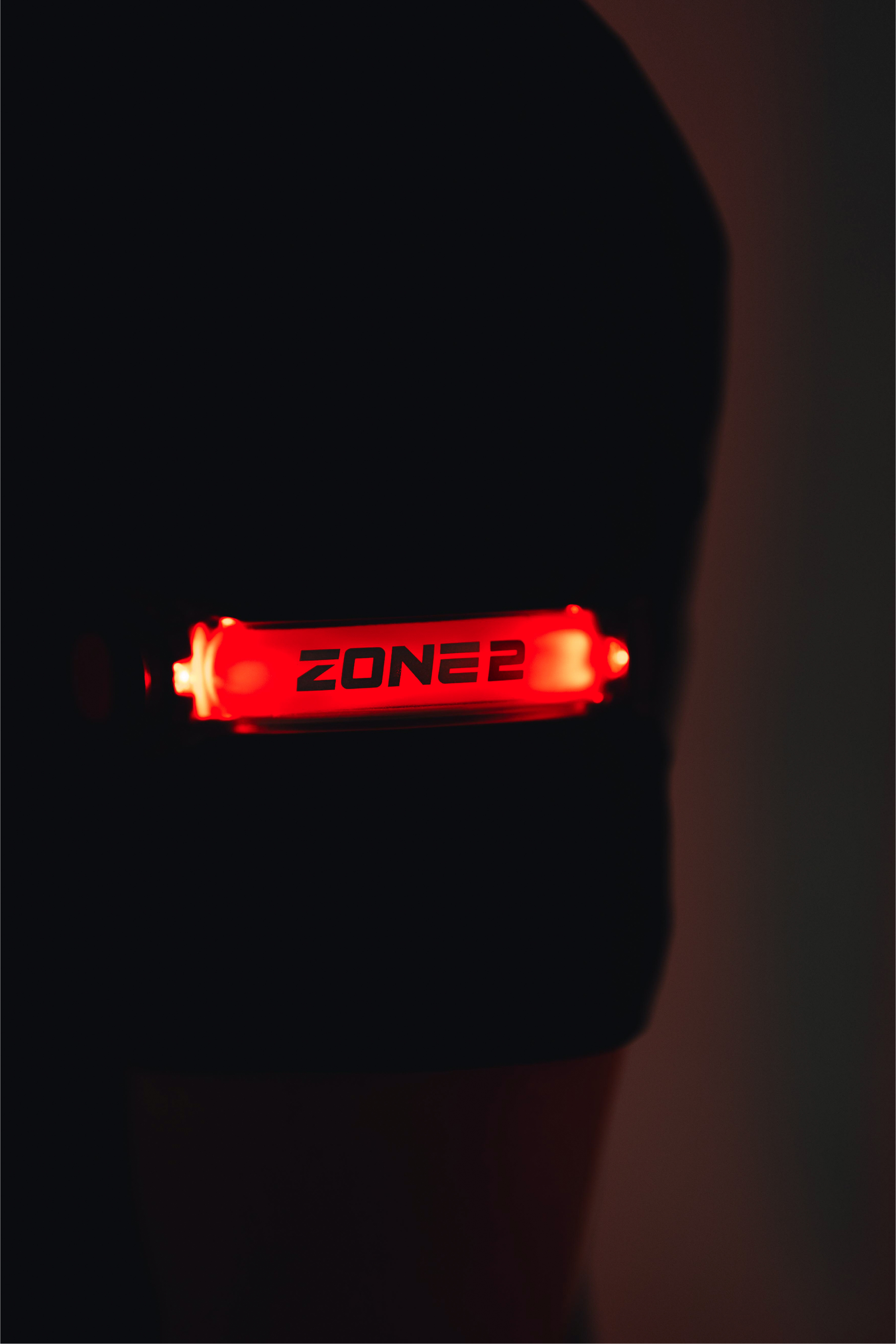Running is one of the most accessible sports out there. Training using heart rate zones is a great way to improve your performance and prevent injuries. By training in different heart rate zones, you can improve your fitness, increase your speed, and recover more efficiently. In this blog post, we’ll explain what heart rate zones are, how to calculate them, and why most of your training should be in Zone 2 for best results.
What are heart rate zones?
Heart rate zones are intervals based on a percentage of your maximum heart rate (maxHR). Each zone represents a different intensity level of exercise and is designed to achieve different physiological effects. There are typically five heart rate zones, each with a different purpose:
1. Zone 1 (Recovery Zone): 50-60% of your maxHR
2. Zone 2 (Aerobic zone): 60-70% of your maxHR
3. Zone 3 (Tempozone): 70-80% of your maxHR
4. Zone 4 (Anaerobic Threshold Zone): 80-90% of your maxHR
5. Zone 5 (Maximum Effort Zone): 90-100% of your maxHR
How do you calculate your MaxHR?
Before you can determine your heart rate zones, you first need to know your maximum heart rate. The easiest way to calculate your maxHR is to use the formula:
MaxHR=220−age\text{MaxHR} = 220 - \text{age}MaxHR=220−age
This formula gives an estimate but there are more accurate methods such as an exercise test under the supervision of a professional. Once known, you can calculate the different heart rate zones by multiplying your maxHR by the percentages associated with each zone.
The five heart rate zones explained
Zone 1: Recovery zone (50-60% of MaxHR)
This zone is for recovery runs and warming up. It is a very low intensity, where you can easily talk without getting out of breath. Training in Zone 1 helps your body recover from more intense workouts without causing additional stress.
Zone 2: Aerobic zone (60-70% of MaxHR)
Zone 2 is the aerobic zone, and this is where the magic happens for most runners. Training in this zone improves your overall endurance and increases your aerobic capacity. This means you’ll be able to run longer and more efficiently. Your body learns to use fats more efficiently as fuel, which is crucial for long-distance running.
Zone 3: Tempo zone (70-80% of MaxHR)
Zone 3 is the tempo zone, also known as the “comfortably hard” zone. This is an intensity where you are running faster than Zone 2 but are still able to carry on a conversation, although it will be more difficult. Training in Zone 3 builds speed and lactate threshold but can be tiring if done too often.
Zone 4: Anaerobic Threshold Zone (80-90% of MaxHR)
Zone 4 is the zone for high intensity workouts like interval training and hill sprints. In this zone your body starts to switch from burning fat to burning carbohydrates because the intensity is higher. This is a very effective zone for improving your speed and power but it also requires longer recovery periods.
Zone 5: Maximum effort zone (90-100% of MaxHR)
Zone 5 is for maximum efforts, such as short sprints or intense interval training. Training in this zone improves your maximum speed and anaerobic capacity but can be very taxing on the body. This type of training is usually kept short and is not suitable for beginners.
Why Most Training Should Be Done in Zone 2
Most of your training should take place in Zone 2, here's why:
1. Improved Endurance: Training in Zone 2 improves your aerobic base, which is essential for all runners. It allows you to run longer distances more efficiently without tiring quickly.
2. Fat Burning and Efficiency: In Zone 2, your body learns to use fats as its primary fuel source instead of carbohydrates. This is beneficial for long-distance runners because it helps conserve muscle glycogen for when you really need it.
3. Recovery Enhancement: Because Zone 2 is relatively low intensity, it is less taxing on the body than higher intensity zones. This means you can train more often without overloading your body, reducing the risk of injury and helping your body recover from more intense efforts.
4. Consistency and Build-Up: Training regularly in Zone 2 allows you to build a solid base without the risk of overtraining. It also helps you maintain a consistent training rhythm, which is crucial for achieving long-term results.
How much time should you spend in Zone 2?
For most runners, especially beginners and those focusing on long-distance events, approximately 70-80% of your total training time should occur in Zone 2. This means that the majority of your weekly mileage should be run at a comfortable, moderate pace. The remaining 20-30% can be spent on higher-intensity workouts (such as interval training, tempo runs, or hill sprints) to develop speed and power.












